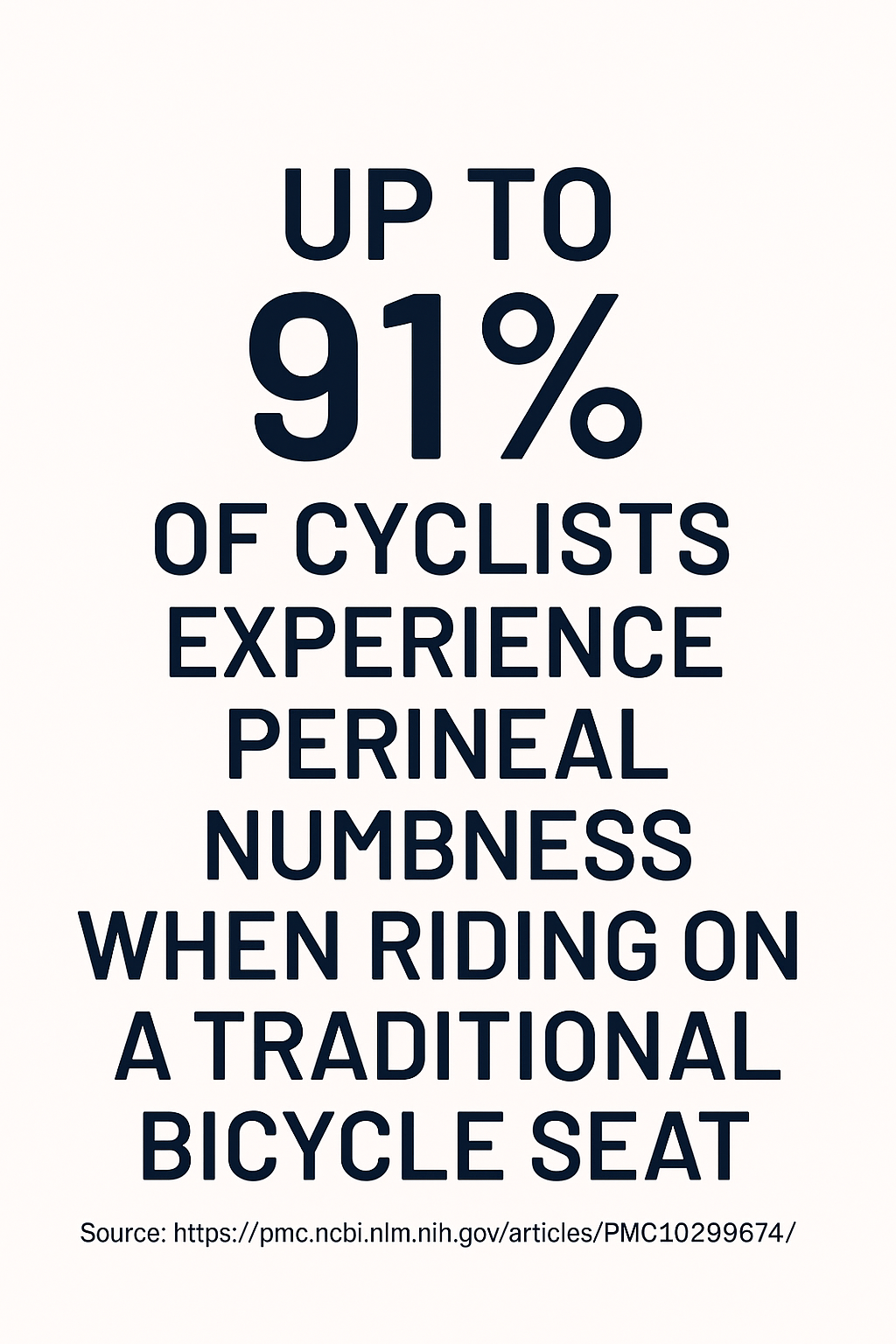Your cart is currently empty!
Author: The VSEAT Founders
-
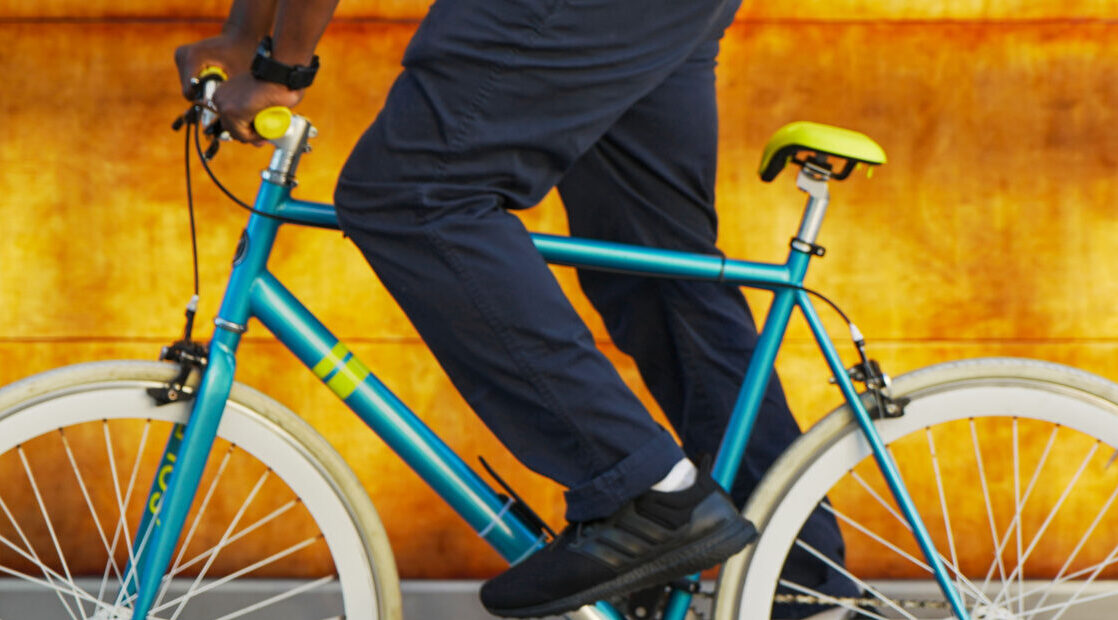
The Most Comfortable Bicycle Seat You’ve Never Tried
If you’ve ever cut a ride short—or skipped one entirely—because you knew you’d be paying for it later, you’re not alone. For many riders, saddle soreness isn’t just a mid-ride nuisance; it’s a multi-day reminder that your seat isn’t working for you.
The Anatomy of Bicycle Seat Discomfort
Traditional bike seats put pressure on the perineum—where soft tissue, nerves, and arteries converge—causing numbness, tingling, and worse.
What Actually Makes a Seat Comfortable?
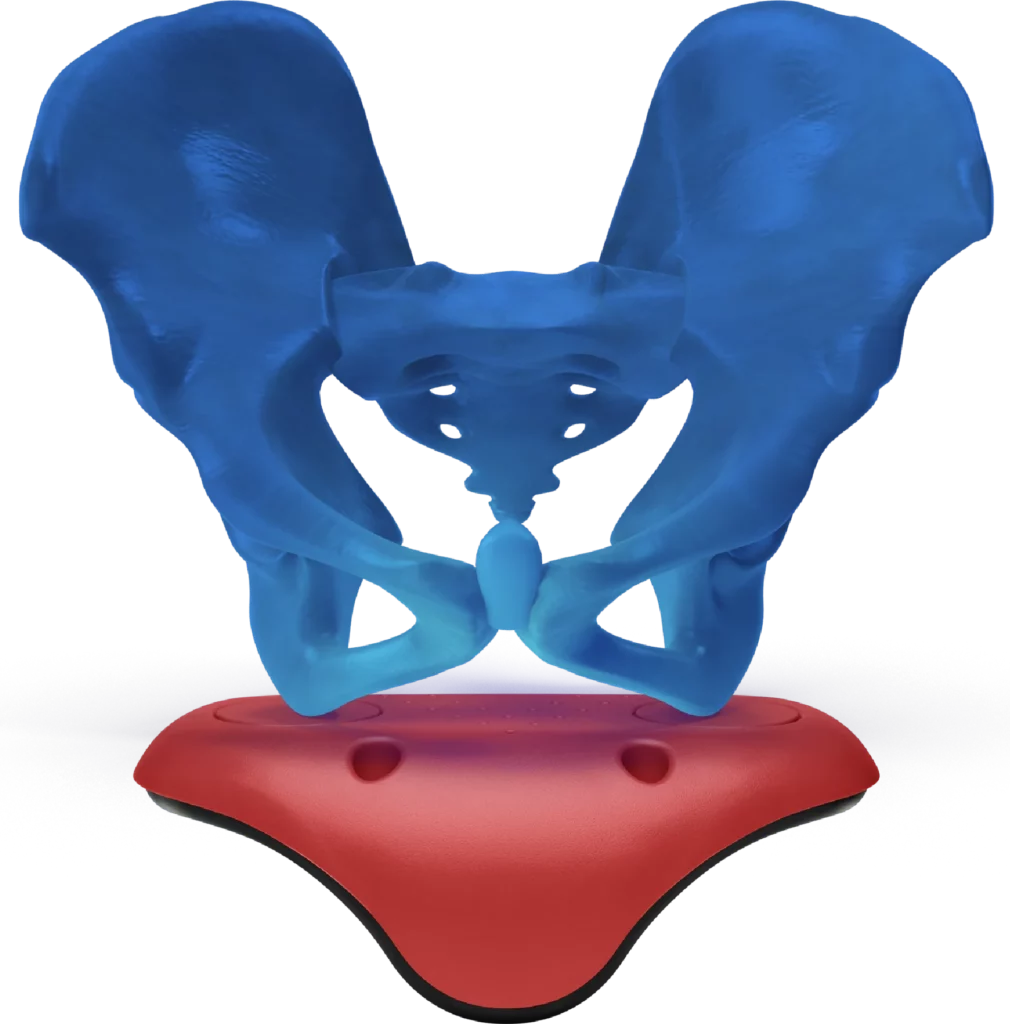
It’s not just about padding. True comfort comes from proper sit bone support, a flat and wide base, and pressure relief where it matters most.
Don’t let your bike seat keep you from your activity goals—if you struggle with saddle soreness (which nearly EVERYONE does), it’s time to make a change.
The Case for Ergonomic, Noseless Seats
Studies show traditional seats reduce blood flow by up to 80%.
If you’re interested in a deeper dive on the health benefits of a noseless, bumpless bicycle seat, here are a number of additional health considerations.
Noseless designs like the VSEAT® eliminate pressure on the perineum and improve circulation and comfort.
Why the VSEAT® Is the Clear Alternative
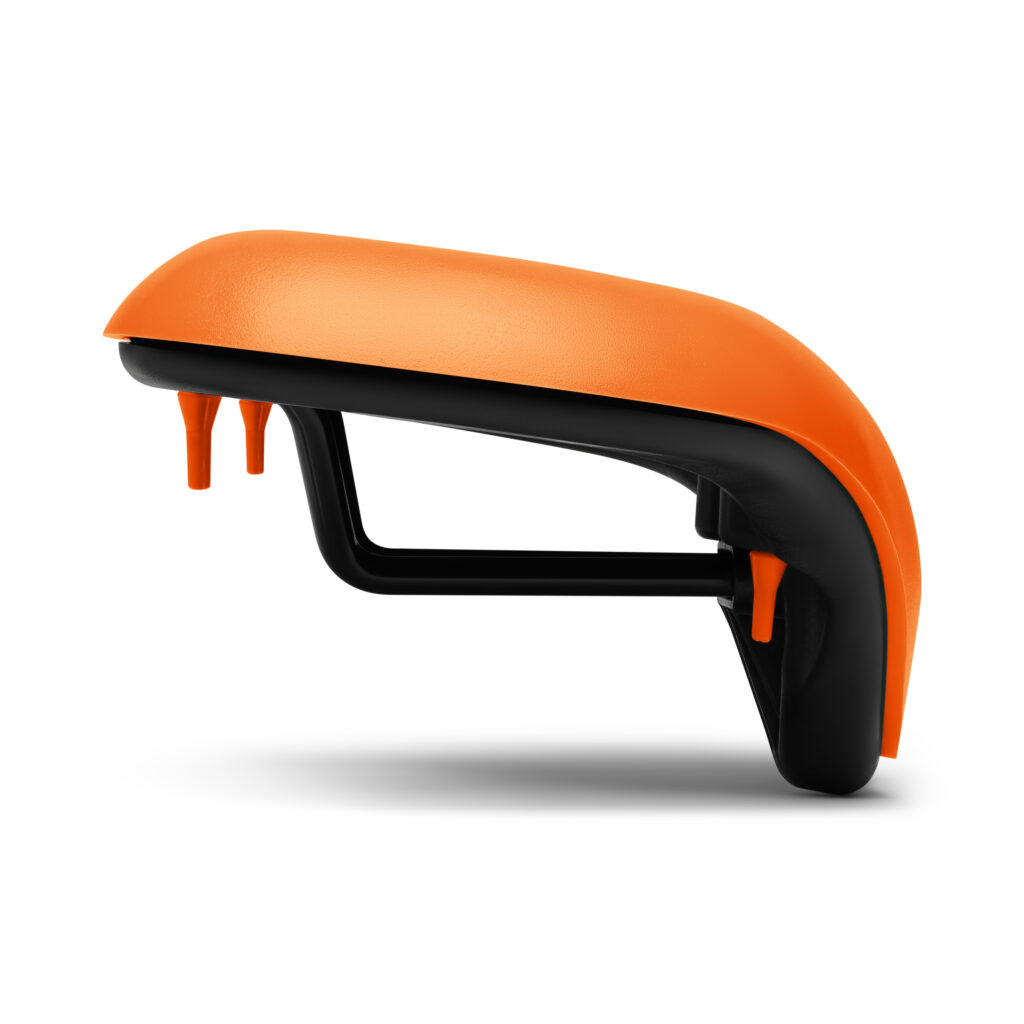
- Noseless and bumpless design
- Wide, flat sit bone platform
- Universal attachment system
- Lightweight, easy to clean, gender-inclusive design
Works with Any Bicycle Type
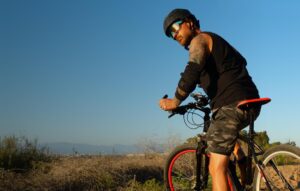
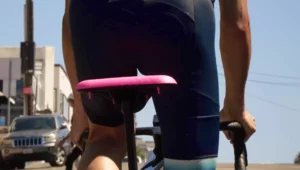
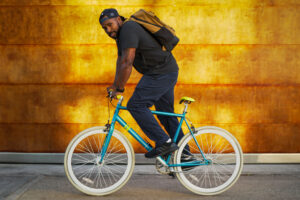
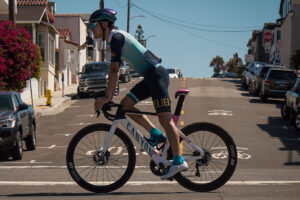

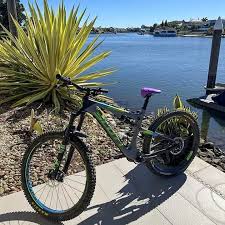
Real Riders, Real Relief
I ride on very rocky rough road – no more saddle sores since riding VSEAT. Great seat – don’t hesitate to try it.Such a unique saddle design. The normal pain of riding is gone, love it.The VSEAT is very comfortable. At last I can use my exercise bike.Awesome change from a standard bicycle seat! I am so impressed with this seat that I have been recommending it on my business web page and social media.No bike shorts! NO PAIN during or after!!!This lives up to its promise. It’s amazing and a genius idea. Game changer!This seat is honestly a game changer. After you get used to it, it is the most comfortable pain-free riding you’ll ever have. Best of all, I don’t have to wear the awkward padded shorts.I have gone on two longer bike rides now and it is so comfortable! Love my new seat!!! By the way, I am 71—so it is great that finally someone got rid of the old seats!Conclusion: Ride Better, Ride Longer, Ride Pain-Free
The VSEAT® isn’t just a seat—it’s a solution. Try one and see why thousands of riders are making the switch. Your body will thank you.
-
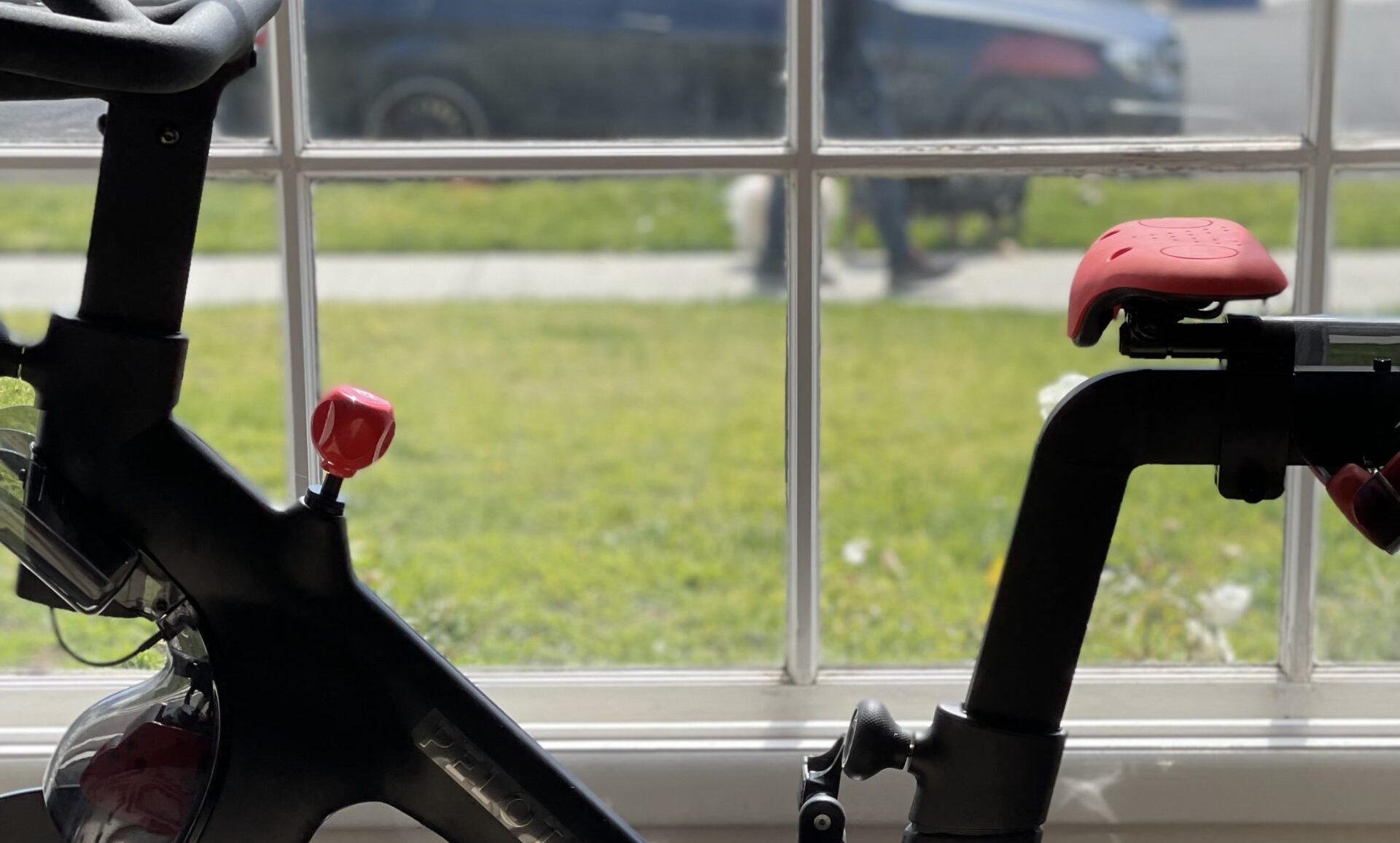
Installing a noseless bike seat on a Peloton and other exercise bikes
Installing a noseless bike seat on a Peloton and other exercise bikes:
Instructions for the VSEAT® Installation
Peloton bike seats and other modern indoor exercise bike seats, as well as the overwhelming majority of bike seats and stem systems (bike seat posts) for all other modern bike types, have standardized the way most bike seats attach to the stem system (bike seat post) of the bike.
Underneath the seat are affixed two bars (known as bike seat rails) that run along the seat from front to back. These bars (rails) are used by mounting hardware (bracket) to securely attach the bike seat to the bike seat post.
The mounting hardware (bracket) may vary based on your particular bike seat post, but generally allows for fine-tuning of the position of the seat on multiple axes.
This generally includes 1) tilt/pitch, and 2) forward-back position (changing the distance between the front of the seat and the handlebars).
🛠️ Tools You’ll Need
- 13mm socket, or
- Open-end adjustable crescent wrench
Follow these 6 steps to quickly and easily install your VSEAT® noseless, bumpless bike seat.
STEP 1: Loosen Nuts on Old Seat
Use your 13mm socket or adjustable wrench to loosen the nuts on both sides of the seat underneath the rails. These nuts secure the seat to the seat post via the mounting bracket.
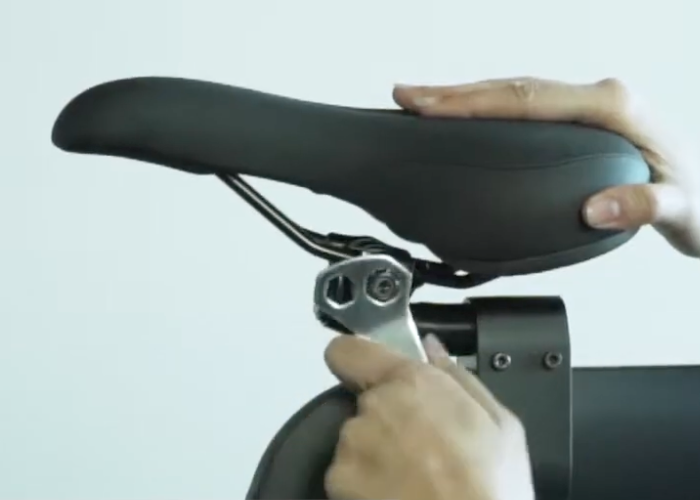
STEP 2: Remove Old Seat
Once the nuts are loosened, slide the seat and mounting bracket off the seat post. In some cases, you may need to remove the nuts completely to release the seat.
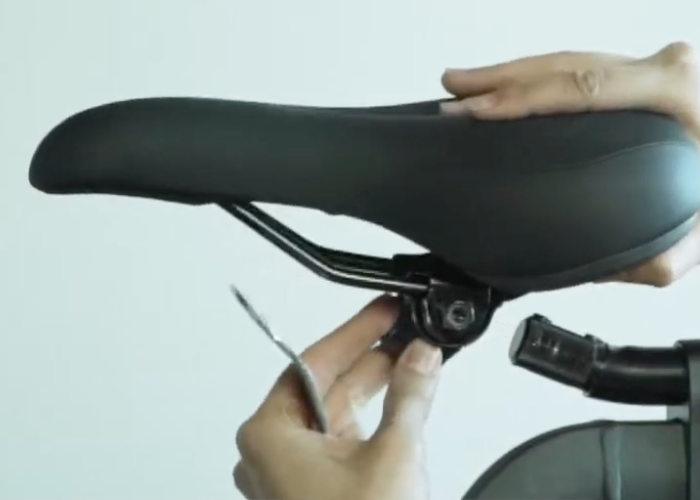
STEP 3: Remove Bracket from Seat
Turn the seat over and remove the mounting bracket by loosening the nuts and bolts connecting it to the seat rails.
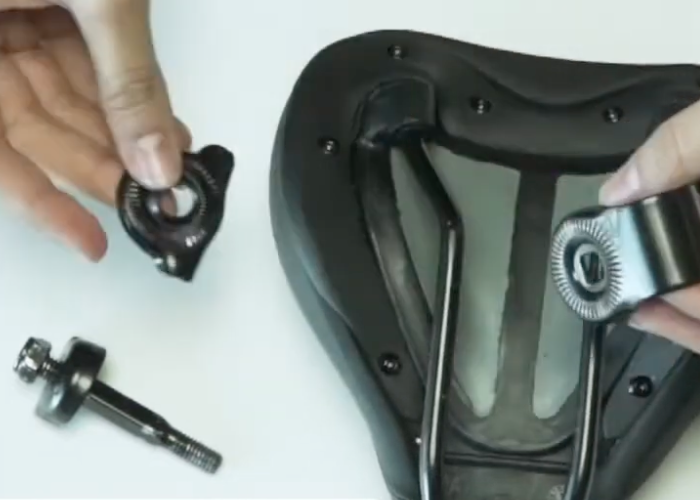
STEP 4: Attach Bracket to VSEAT®
Use the same hardware from the old seat to attach the bracket to the VSEAT®. Leave it loosely attached so you can adjust the fit later.
🎥 Watch installation video: https://youtu.be/Pso0-lglCMM
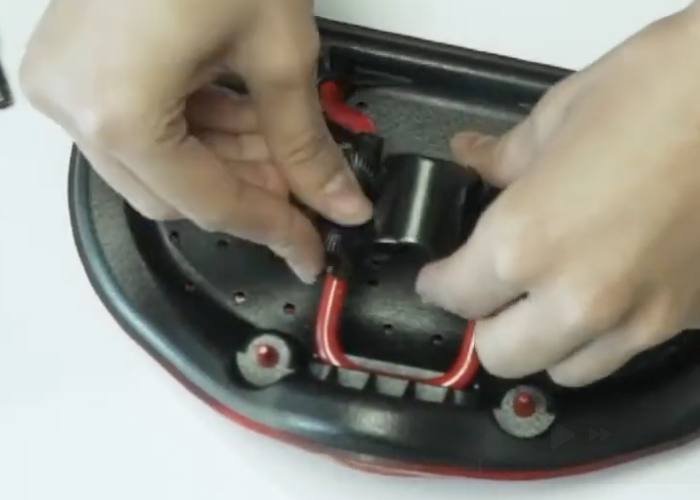
STEP 5: Slide VSEAT® onto the Seat Post
With the bracket loosely secured to the VSEAT®, slide it onto the bike’s seat post. Keep the nuts loose so you can fine-tune the fit.
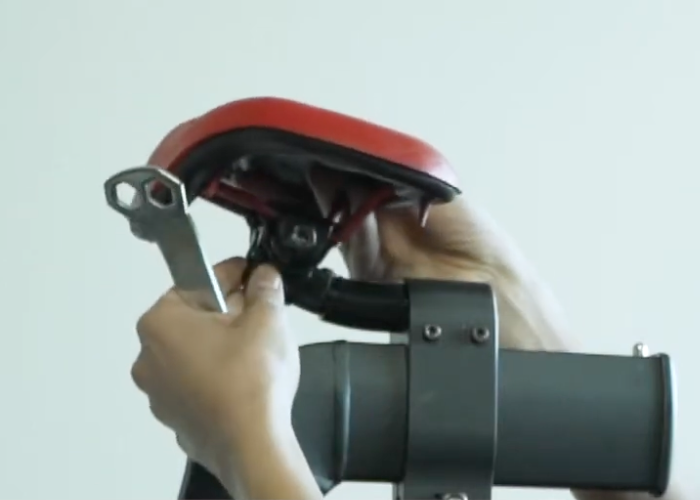
STEP 6: Adjust Fit & Tighten Into Place
Once the VSEAT® is positioned to your comfort, tighten the nuts securely.
🎥 Watch fit optimization video: https://youtu.be/OYjTWdct6_U
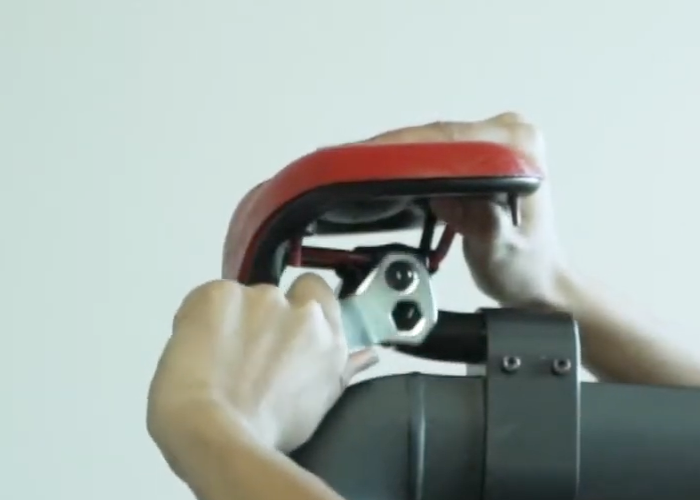
✅ Quick Summary
- Tool needed: 13mm socket or crescent wrench
- Step 1: Loosen bolts on old seat
- Step 2: Carefully remove old seat
- Step 3: Remove bracket from old seat
- Step 4: Attach bracket to the new VSEAT®
- Step 5: Slide VSEAT® onto the seat post
- Step 6: Adjust and tighten bolts to secure VSEAT®
💡 Tip: If you’re switching from a traditional saddle to a VSEAT® for the first time, you may need to spend a few rides adjusting its angle and position for the best comfort and posture.
-

The Noseless Bicycle Seat: Considerations from a Health Perspective
Cycling is a great way to stay active, maintain cardiovascular health, and enjoy the outdoors. And with the rise of e-bikes, more people are embracing cycling not only as a form of exercise but also as an environmentally responsible mode of transportation.
However, the type of bicycle seat you choose can significantly impact your health, particularly when it comes to the perineum: the area containing vital nerves and arteries that supply the genitals.
In this video, Dr. Michael Eisenberg, a urologist specializing in men’s health, provides critical insights into this often-overlooked aspect of cycling.
The following article highlights and expands on important content in the video.
The Health Risks of Traditional Bicycle Saddles
Traditional bicycle saddles often feature a narrow design, a nose, or cutouts that shift pressure from the sit bones—the proper weight-bearing area—to the perineum. This misplaced pressure can compress nerves and arteries, leading to serious health concerns for both men and women:
- Men: Numbness, tingling, and even prolonged erectile dysfunction caused by pressure on the pudendal nerves and arteries.
- Women: Swelling, pain, and reduced genital sensation due to constant pressure on the clitoris and labia.
Studies have highlighted these risks:
- A Norwegian study demonstrated a clear link between cycling and impotence in men.
- The Massachusetts Male Aging Study found that men who cycled intensely for more than three hours a week faced a significantly higher risk of erectile dysfunction compared to non-cyclists.
- Data from the National Institute for Occupational Safety and Health (NIOSH) revealed that 90% of male patrol officers who cycled for work reported numbness, and switching to noseless saddles led to remarkable improvements, with 90% of those men opting to continue using them after six months.
- Blood flow measurements revealed an 80% reduction when using a nose saddle compared to a noseless saddle.
- Up to two-thirds of female cyclists report numbness and pain, with significant impacts on quality of life.
Temporary Solutions and Their Limitations
Cyclists often attempt to alleviate discomfort using padded shorts or gel pads. However, these measures can create additional problems:
- Padded shorts increase sweating and irritation.
- Gel pads can bunch up, intensifying pressure on sensitive areas.
These “Band-Aid” fixes fail to address the root cause of the issue: the design of the saddle itself. Professions that rely heavily on cycling, such as patrol officers, have demonstrated the benefits of switching to noseless saddles, with significant symptom improvement and increased comfort reported over time.
What to Look for in a Bicycle Seat
To ensure comfort and health, the ideal bicycle seat should:
- Engage the Sit Bones: Proper weight distribution minimizes pressure on the perineum.
- Be Wide, Flat, and Noseless: This design eliminates pressure points on the genitals and provides ergonomic support.
- Avoid Cutouts and Bumps: These features can still create areas of pressure, negating their intended benefits.
Introducing the VSEAT®
The VSEAT® is an innovative solution that prioritizes health, comfort, and performance. With a noseless, bumpless, and wide design, the VSEAT® is crafted using advanced ergonomic principles and high-quality materials. Its design ensures optimal weight distribution on the sit bones, reducing strain on sensitive areas, while the durable yet lightweight materials provide comfort and longevity for all riders.
- Supports the rider’s weight on the sit bones.
- Eliminates perineal pressure, preserving nerve and artery function.
- Enhances comfort for cyclists of all genders.
The VSEAT® Offers a Range of Innovative Features
- Universal Attachment System: Compatible with most bicycles for easy installation.
- Easy to Clean: Designed with materials that resist dirt and are simple to wipe down.
- Beautiful Design: A sleek and modern aesthetic to complement any bike.
- Lightweight & Durable: Built with high-quality materials that are both strong and lightweight.
- Noseless, Bumpless Design: Eliminates pressure points for maximum comfort.
- Targeted Pressure Distribution: Ensures weight is properly distributed to reduce strain on sensitive areas.
A Doctor’s Recommendation
Dr. Eisenberg strongly advises all cyclists to choose a seat that protects their health:
“Alleviating prolonged pressure on the genital area is a no-brainer. I recommend all cyclists opt for a seat that is wide, noseless, and flat, like the VSEAT®. It’s the clear choice for your fitness, comfort, and most importantly, your health.”
Ride Safely, Ride Comfortably
Investing in the right bicycle seat is not just about comfort—it’s about safeguarding your long-term health. Choose the VSEAT® and enjoy a safe, comfortable ride for the rest of your life. Your body will thank you.
About Dr. Michael Eisenberg
Dr. Michael Eisenberg is a highly respected urologist and professor specializing in male sexual health, fertility, and overall wellness. He has dedicated his career to advancing research and clinical care in these areas, contributing to numerous publications and serving as a trusted expert in the field. Dr. Eisenberg is a professor of urology and obstetrics & gynecology at a leading university, and leads the Male Reproductive Medicine and Surgery Program for a top healthcare system. He has also been featured on platforms like the Huberman Lab podcast, where he shares insights on improving male health and functionality. Dr. Eisenberg’s work emphasizes the importance of prevention, education, and innovative solutions to address health challenges faced by men today.
About the Studies Cited in the Video & Article
Several studies have investigated the relationship between cycling and ED:
- Norwegian Study: Researchers evaluated 160 men after a 324-mile bike tour and found that 13% developed erectile dysfunction lasting more than a week. Source
- Massachusetts Male Aging Study (MMAS): This study analyzed data from 1,709 men aged 40 to 70 and found that those who cycled intensely (≥3 hours per week) had an increased risk of moderate or complete ED. Source
- NIOSH Study: NIOSH researchers studied male patrol officers who cycled extensively for work and found that nearly all experienced genital numbness, with those riding the most at higher risk for ED. Source
